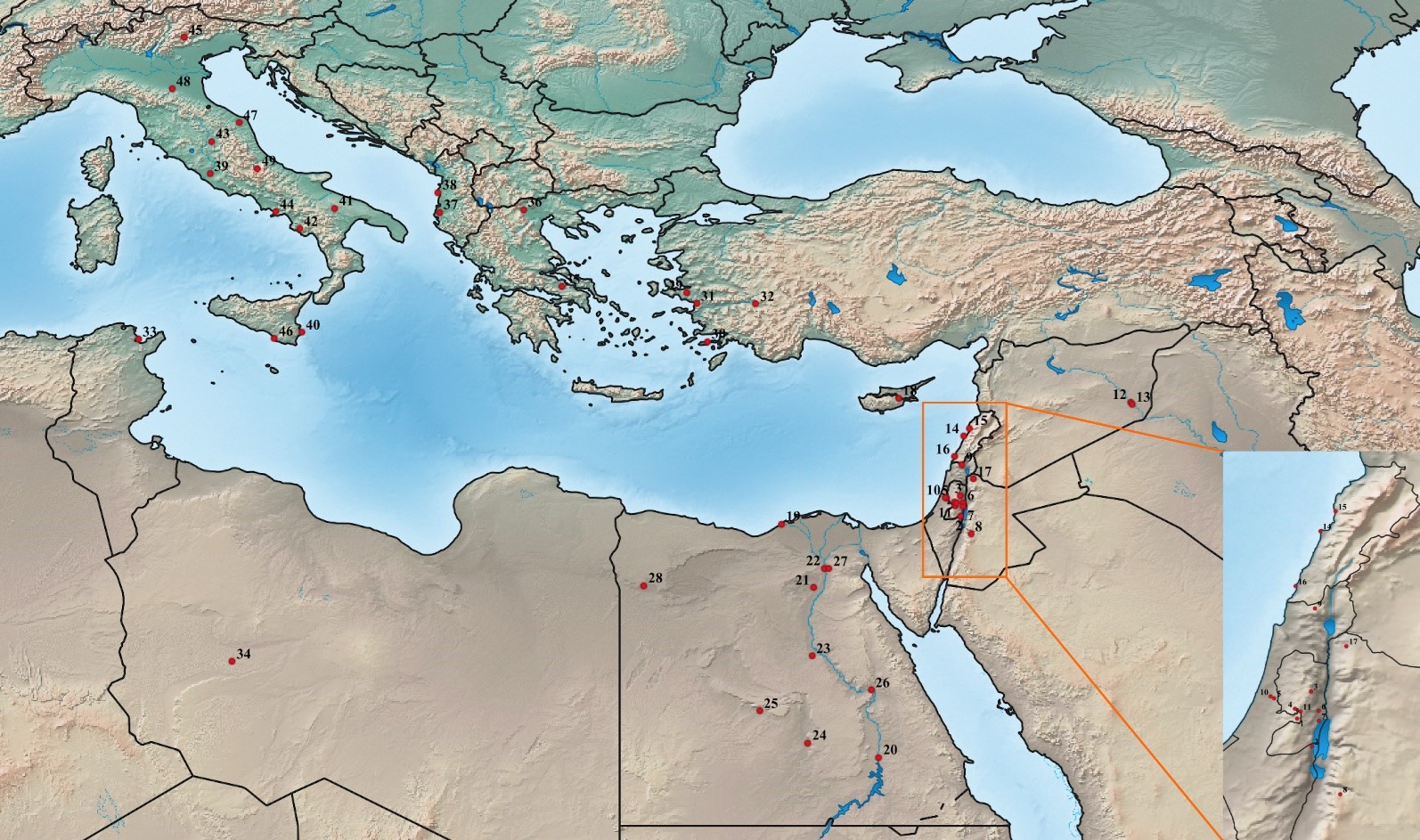Found 1 results
Review
15 April 2024Human Mobility in the Central and Eastern Mediterranean during Hellenistic and Roman Times: The Potential and Limitations of Bioarchaeological Research
This paper offers a review of bioarchaeological research on human mobility during the Hellenistic and Roman period in the Central and Eastern Mediterranean. This period was marked by significant connectivity amidst the establishment of major political entities. The paper begins with an overview of bioarchaeological methods used to study past mobility, including biodistance, isotopic and ancient DNA analyses. It then examines published studies that have utilized these methods to explore mobility during the Hellenistic and Roman periods. The paper concludes by critically assessing the current research limitations and proposing directions for future studies. These suggestions emphasize the importance of conducting additional research to investigate human mobility in neglected areas, as well as at different temporal and spatial scales. Integrating mobility data with other sources of evidence, such as historical accounts, paleoenvironmental data and osteobiographic information is another important future direction of research. Finally, relevant research should be more theoretically informed and its contemporary implications should be effectively communicated within and beyond the academic community. An enhancement of our understanding of the nature and impact of mobility is crucial in today’s society, where misconceptions linking immigration to the decline of the Roman Empire can perpetuate biases against contemporary mobility.
